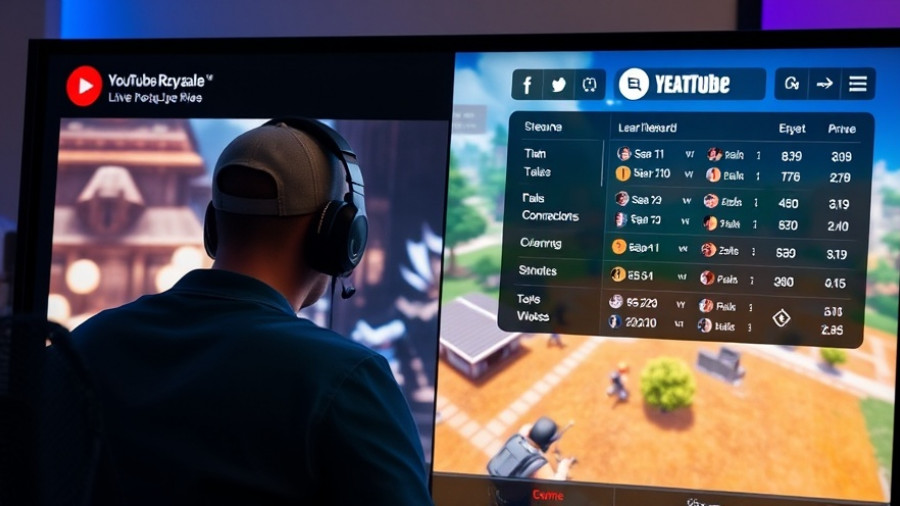
Meta’s 'Hypernova': What to Expect from Tomorrow's Smart Glasses
This September marks a significant moment for Meta as it gears up for its 2025 Connect Conference. Here, fans and industry insiders await the unveiling of exciting innovations, including the much-anticipated Hypernova smart glasses. As the virtual world of the metaverse looms large, Meta's CEO Mark Zuckerberg will share insights into how artificial intelligence (AI) and augmented reality (AR) are reshaping our interaction with technology and each other.
The Metaverse vs. Reality: A Blurred Line
While the concepts of the metaverse and AR may seem like the stuff of science fiction, Meta is laying the groundwork for a more connected and immersive future. Whether we believe in a world where virtual avatars roam around a digital landscape, one thing is clear: Meta is committed. The upcoming conference promises a closer look at the Hypernova glasses and where they fit into this visionary scope.
Hypernova Glasses: A Leap into AI-Driven Wearables
Rumors about the Hypernova have been swirling, with expectations about it surpassing its predecessor—the Ray-Ban Meta glasses. Speculations suggest that these new glasses will prioritize AI functionality over the all-encompassing AR experiences we previously imagined. For consumers, this could mean more intuitive interactions and features that anticipate our needs.
Augmented Realities: The Future of Wearable Tech
Unlike typical AR devices that envelop users in digital experiences, Hypernova’s subtle integration of a small AR display on the right lens is designed to enhance personal experiences, not overwhelm them. This makes it approachable and practical for everyday users. Envision receiving notifications, directions, or reminders simply through your eyewear—this blend of reality and the digital world could transform daily tasks.
Production Plans: Can We Expect More?
Meta targets the production of around 200,000 units over the next two years, reflecting its confidence in consumer interest and technological viability. As they push forward with the Hypernova, questions arise about pricing, features, and how these glasses could compete with existing products in the market. Given the increasing sophistication of wearable technology, Meta's approach may pave the way for others.
What Does This Mean for Consumers?
The Hypernova could democratize access to smart glasses, making the technology digestible for those wary of more complex devices. By bridging the gap between mainstream wearables and advanced tech, Meta may welcome a broader audience into the experience of augmented realities, drawing inspiration from devices that have become more commonplace, such as smartwatches.
Risks and Customer Perspectives
As we dive deeper into these technological waters, it is crucial to examine the risks associated with widespread adoption of these devices. Concerns around privacy, data security, and the unintended consequences of being constantly connected are at the forefront of consumer consciousness. What will these glasses mean for our social interactions? How will they integrate into our lives without becoming intrusive?
A Bright Future for Smart Glasses
While the launch of the Hypernova glasses is a few months away, early insights suggest they could redefine our perception of wearable technology. By blending AI into a product designed for ease of use, Meta may indeed strike the right chord with users. As technology continues to evolve, how we engage with it is bound to change—and perhaps this is just the beginning of a more immersive era.
Conclusion: Embrace the Change
As the excitement builds around the Connect Conference and the upcoming launch of the Hypernova glasses, it’s essential for consumers to stay informed. Understanding these advancements can not only enhance your tech-savvy but also prepare you for a transformative experience that mixes creativity with practicality. Stay tuned for updates from Meta, and prepare to see how these smart glasses will change the way we interact with the world around us.
 Add Row
Add Row  Add
Add 




Write A Comment